An expedition found and mapped four seamounts in the deep sea off the coast of Peru and Chile, the highest of which is 2,681 m.

Map of seamounts. Photo: Schmidt Ocean Institute
Researchers have discovered four giant seamounts rising above the seafloor around South America after detecting “gravity anomalies” from the underwater mountains. The tallest rises more than 2.4 kilometers from the seafloor, three times taller than the world’s tallest building, the Burj Khalifa, Live Science reported on February 8.
Scientists aboard the Schmidt Ocean Institute's research vessel Falkor recently discovered and mapped four deep-sea mountain ranges 460-600 km off the coast of Peru and Chile during an expedition across the Eastern Pacific Ocean from Costa Rica to Chile.
The three seamounts in Peru are 1,591 m, 1,644 m and 1,873 m high respectively. But the largest seamount, found off the coast of Chile, rises 2,681 m above the seabed, less than a mile below the surface. By comparison, the world's tallest building, the Burj Khalifa, is 828 m high, while the Empire State Building is 380 m high. The highest peak has a surface area of about 450 km2, about the same as the state of New Orleans.
The giant seamounts are dormant volcanoes so large that they cause small changes in the elevation of the ocean’s surface. Such gravity anomalies can be detected by satellite. In this case, the ocean’s surface bulges out right above the mountains, according to John Fulmer, the expedition’s chief technician.
Last year, Fulmer’s team found another massive mountain that was twice as tall as the Burj Khalifa. But there are some underwater mountains that are larger. The world’s largest seamount is the dormant volcano Mauna Kea in Hawaii, according to the Woods Hole Oceanographic Institution. It rises about 13,000 feet above sea level but extends deep into the ocean, according to the U.S. Geological Survey. The volcano’s true height is 33,000 feet.
Scientists suspect there are as many as 100,000 seamounts scattered across the world’s oceans, according to the National Oceanic and Atmospheric Administration. But only a fraction of them have been mapped. More than half of the predicted seamounts are likely to be in the Pacific Ocean. The latest expedition is part of a new project called Seabed 2030, which aims to map the entire seafloor of the world by the end of the decade, revealing hidden seamounts.
Seamounts are often referred to as “biological hotspots” by marine scientists. The structures provide a hard substrate for immobile species such as corals and sponges to live on and cause upwelling when ocean currents carry nutrients from the deep sea to the surface, attracting large animals such as crustaceans, fish, cephalopods and sharks. As such, seamounts are extremely important marine environments.
An Khang (According to Live Science )
Source link


![[Photo] Prime Minister Pham Minh Chinh receives Country Director of the World Bank Regional Office for Vietnam, Laos, Cambodia](https://vphoto.vietnam.vn/thumb/1200x675/vietnam/resource/IMAGE/2025/5/15/2c7898852fa74a67a7d39e601e287d48)
![[Photo] National Assembly Chairman Tran Thanh Man meets with Thai Prime Minister Paetongtarn Shinawatra](https://vphoto.vietnam.vn/thumb/1200x675/vietnam/resource/IMAGE/2025/5/15/e71160b1572a457395f2816d84a18b45)



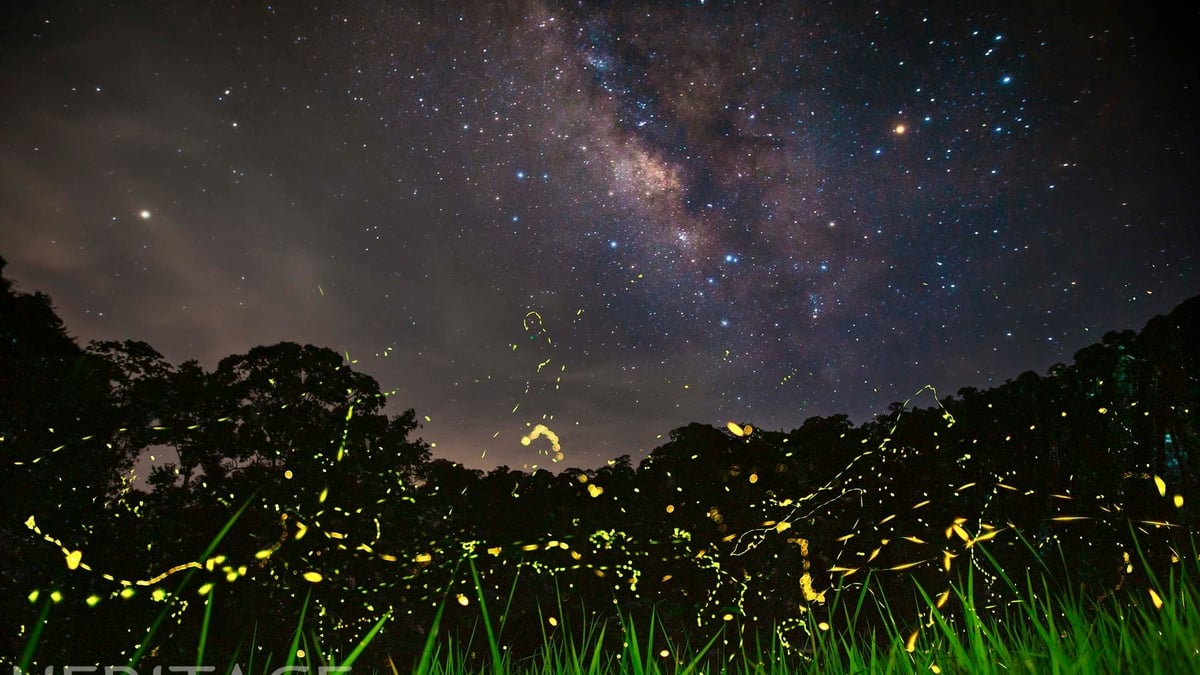


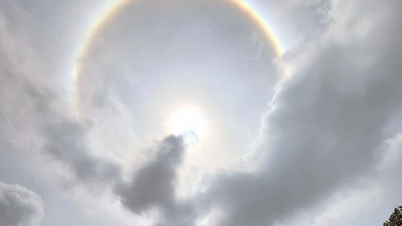





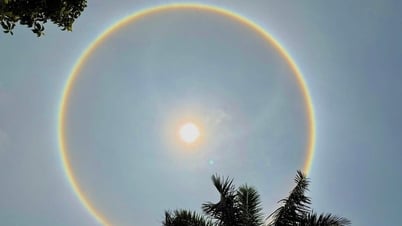











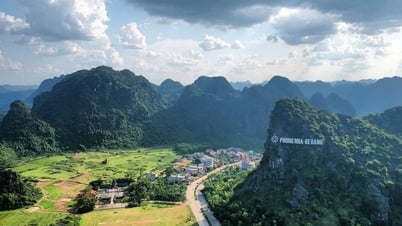














































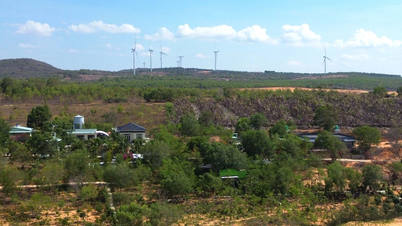


















Comment (0)